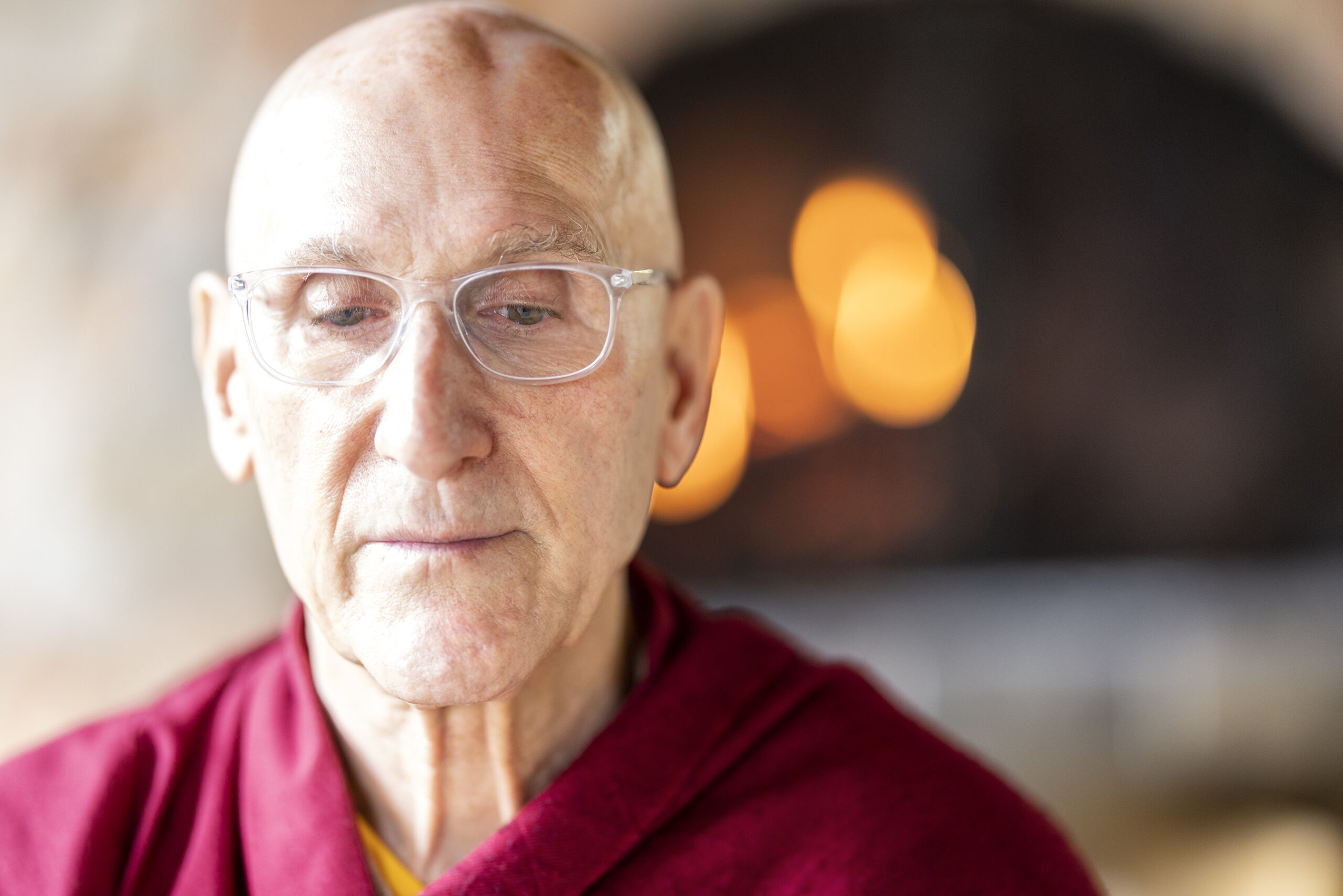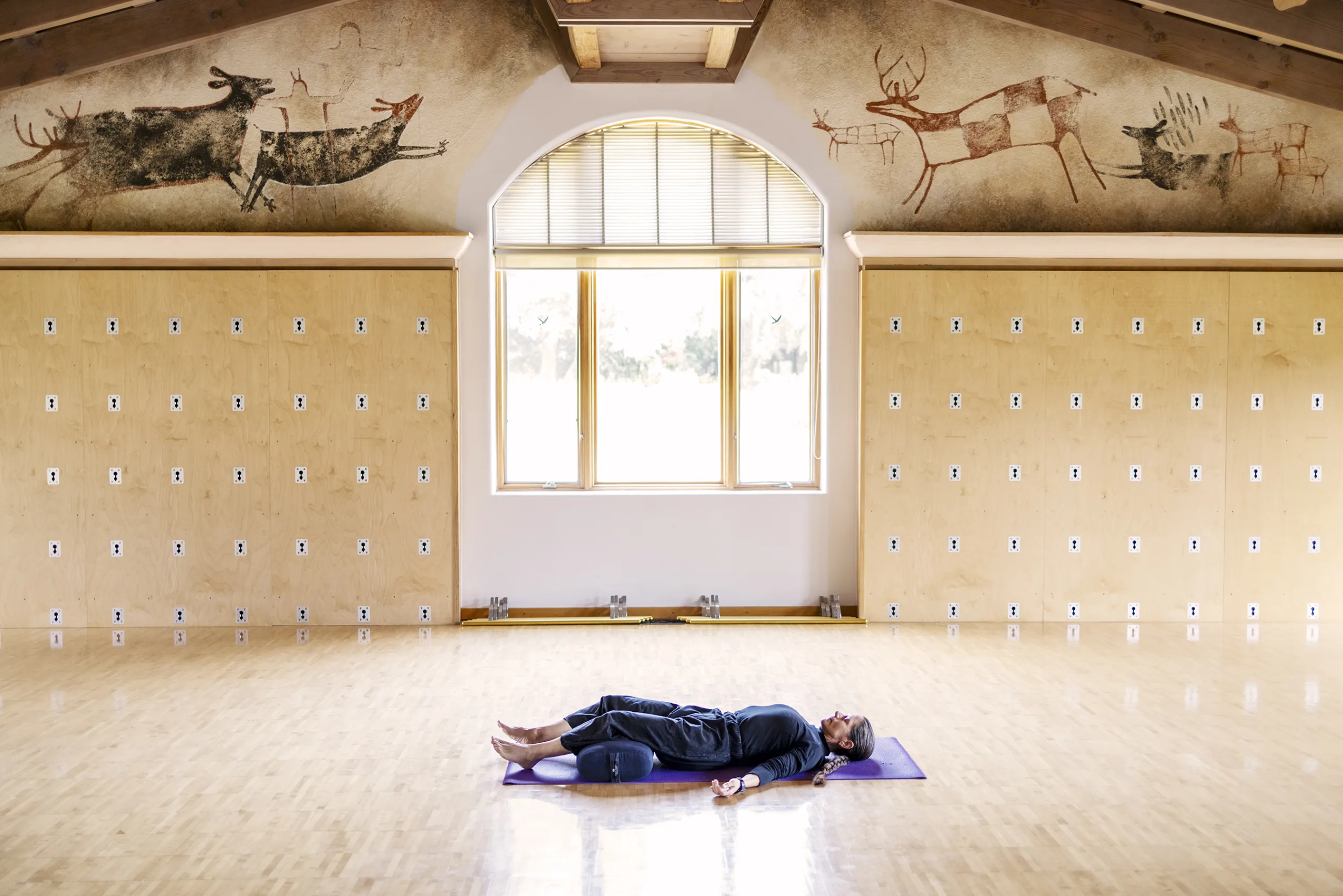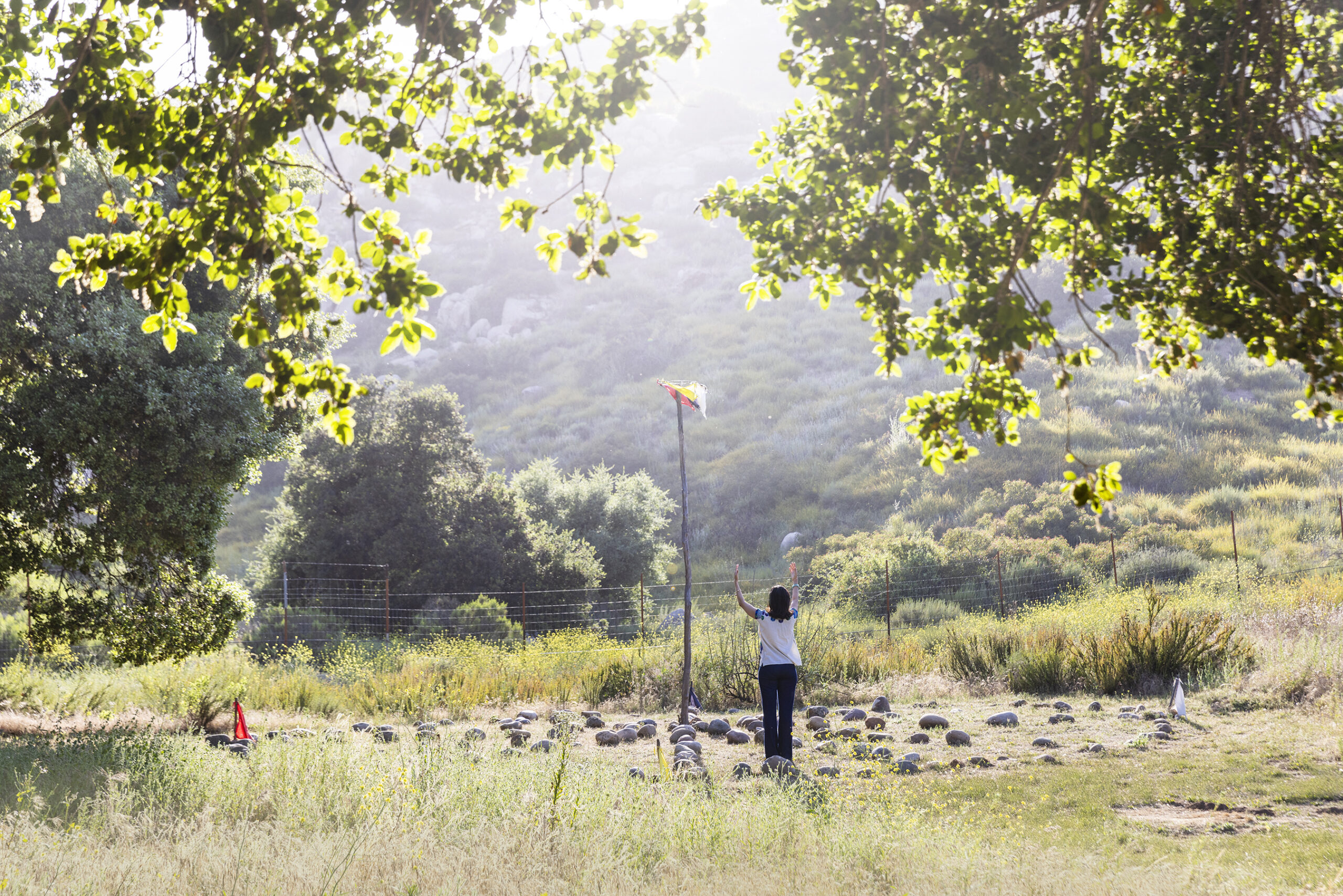Meditation with Dr. Barry Kerzin

Barry Kerzin is a physician and Buddhist monk based in Dharamsala, India. He serves as the personal physician to the 14th Dalai Lama and teaches meditation and compassion practices worldwide.
He has studied Buddhism and meditation for over 30 years and has completed numerous retreats in the Himalayas. He founded the Altruism in Medicine Institute in 2008 to promote compassionate healthcare. Dr. Kerzin is also an Adjunct Professor at the University of Pittsburgh, an Adjunct Professor at Hong Kong Univ., and an Honorary Professor at the Mongolian National Univ. of Medical Sciences and teaches meditation and mindfulness in various countries around the world. He has written four books including No Fear, No Death: The Transformative Power of Compassion.
He visited The Ranch recently, led morning meditations, and talked to me a bit about Buddhism and his practice.
 So much is made of mindfulness these days. What is mindfulness?
So much is made of mindfulness these days. What is mindfulness?
Mindfulness is an essential part of both meditation and Buddhism. There are two types of mindfulness. The first type is in the present moment, focusing on oneself and observing thoughts and feelings. This is Mindfulness with a capital “M.” The second type, mindfulness with a small “m,” is the same as concentration meditation. Mindfulness and meditation have a lot in common, and while there are some differences, there is also significant overlap between them.
That leads me directly to my next question; What is meditation?
Meditation is a way to train the mind to be healthier and happier, which is a widely accepted understanding. There are two types of meditation.
The first is concentration-focused, also known as shamatha. In this type of meditation, we choose an object and try to maintain focus on it. When our mind gets distracted, we bring it back to the object, which is the work of meditation. This practice helps to train the mind to be more concentrated.
We can choose from three types of objects for concentration meditation:
- The breath
- A mental image of spiritual well-being
- The awareness of a deep quality of the mind
The second type of meditation is analytic or contemplative. Here, we have a prescribed topic like kindness, forgiveness, gratitude, love, compassion, wisdom, change, or impermanence. We dissect the topic and try to feel it, identify with it, and become one with it. For instance, if we analyze kindness and start to feel it, we return to the first type of meditation and focus on that experience or feeling of kindness. When we lose it, we go back to the analysis, and this cycle repeats.
So, my basic takeaway is meditation is a practice that involves training the mind to be fully present and focused on the present moment without judgment. What is meditation not?
Anything harmful to oneself or others is not considered meditation. Similarly, anything that is not rooted in love and compassion is harmful. Wisdom involves recognizing that the ego we identify with is false and finding out who we truly are. The path of wisdom leads us toward deeper love and compassion as we become less self-centered and more open to others. In meditation, we must practice love, compassion, and wisdom and avoid practices that do not align with these principles. Regarding analytic meditation, anything that involves analyzing something harmful to oneself or others is not meditation.
Thank you, Dr. Kerzin. Your meditations with us at The Ranch are refreshing.


